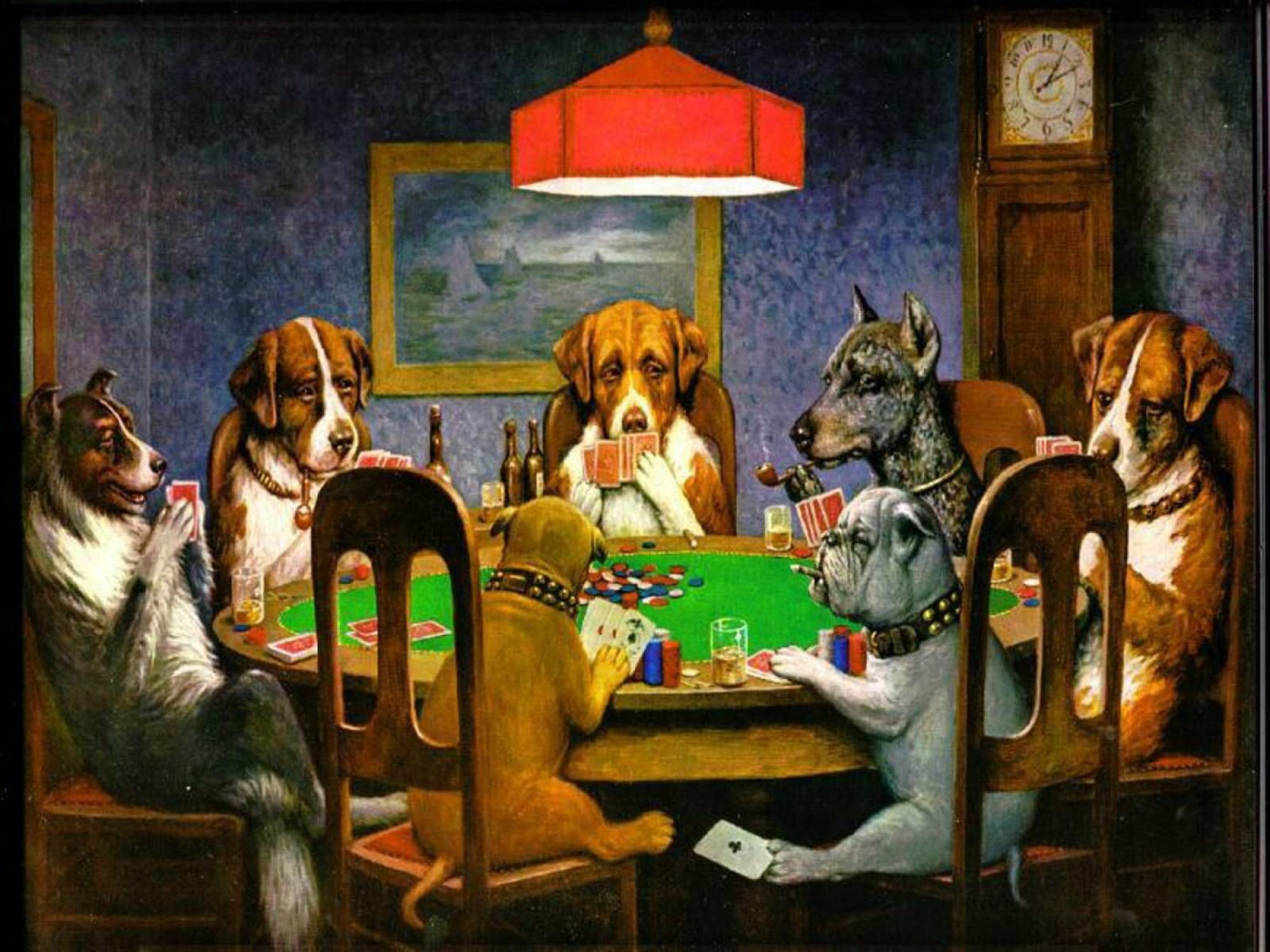Work Update
Last week I worked on finalizing the architecture of the software. I mentioned in my blog post that the block diagram was not yet done, but would be finished for our design review presentation. It encompasses all of the software and the hardware components that it needs to interact with.

Along similar lines, I also worked to complete the slides, as well as develop my presentation for, the design review. As when I helped craft the proposal presentation, I wanted to create a presentation that told a story. In that case we wanted to have a compelling narrative around bringing professional features to the home game. We wanted to have the same points here, but told through the lens of a development story. The goal was to lay out how we were going to bring the experience to life. I also spent a significant amount of time practicing in advance of actually giving the presentation.
Also this week, I went through the process of setting up one of the Raspberry Pi Zeros. This included work to burn new SD cards with the latest versions of Raspbian, set up SPI and I2C, configure networking, enable persistent access, and more. I then worked with Chris to build out a small circuit to prototype our various sensors.
Once the Raspberry Pi was set up, I began working on drivers for the RFID reader and current shunt. I began by using a high level library to interact with them and verify that they were functioning as expected. I then began to write our custom drivers on top of the libraries I mentioned in a previous blog post. This work will continue into next week.
Schedule Update
Progress is still on schedule. Preparation for the presentation took more time this week than I anticipated, however I still manage to make good progress on the drivers. Next week I will finish them, and being working on the e-ink display drivers.
